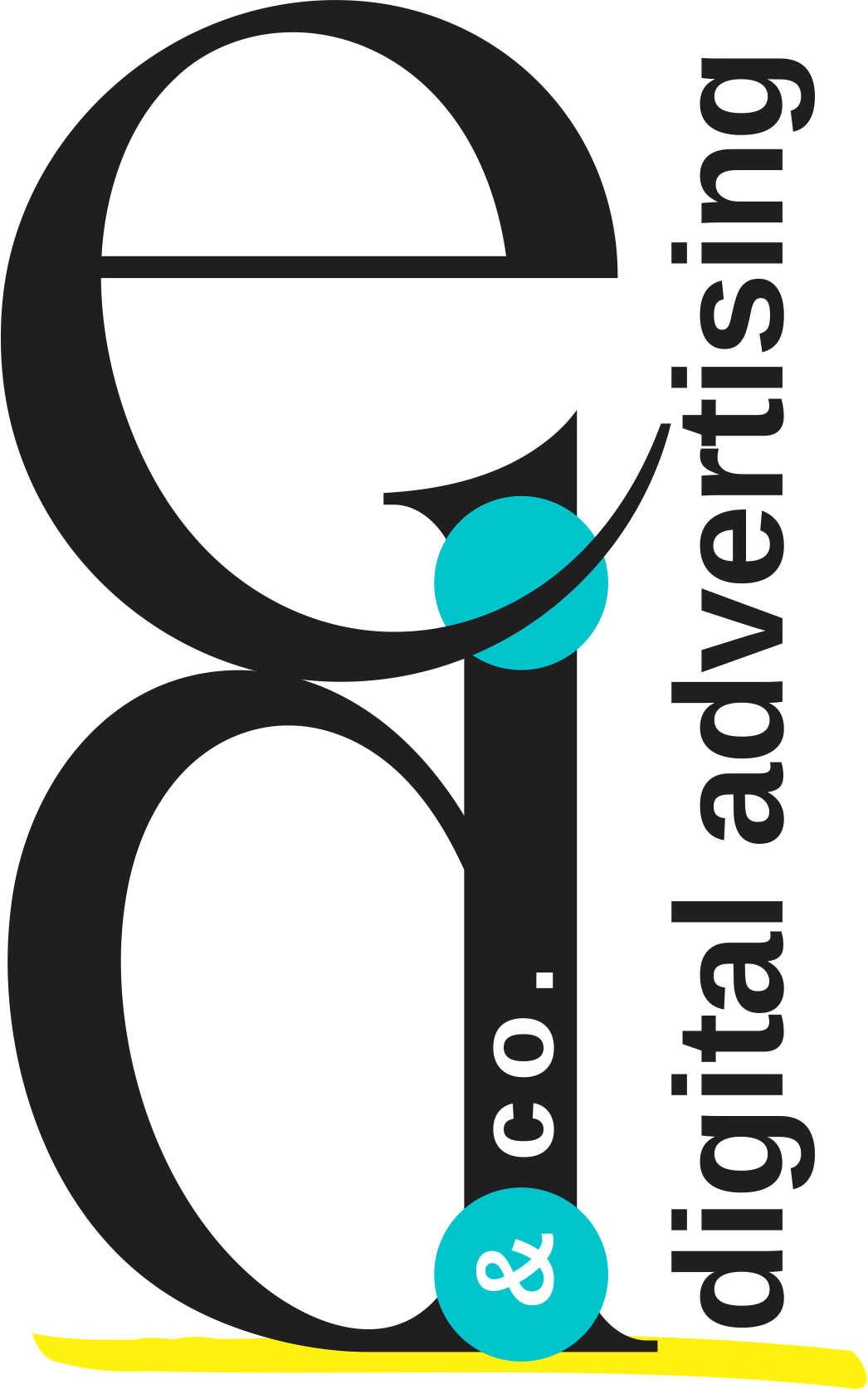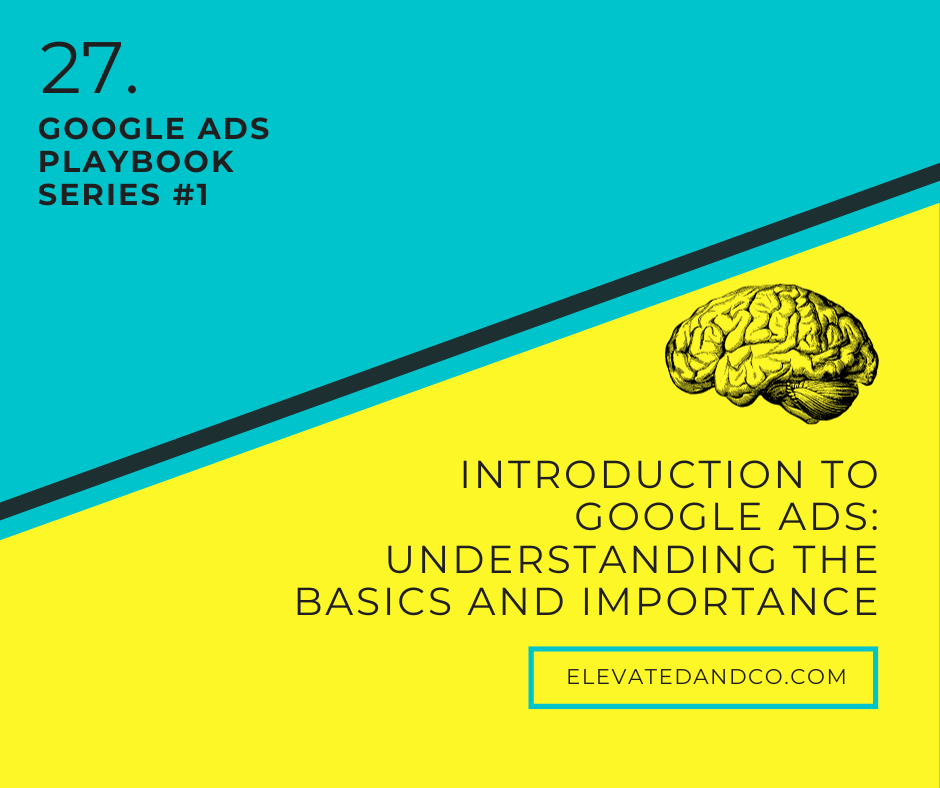Businesses are in a constant battle for the attention of consumers online. Among the myriad advertising platforms available, Google Ads is a premier solution, offering a range of tools and features tailored to businesses of all sizes. Let’s delve deeper into the basics of Google Ads and understand its significance in the modern business landscape.
Overview of Google Ads
What is Google Ads?
Google Ads, formerly known as Google AdWords, is Google’s online advertising platform. It allows businesses to display ads on Google’s search engine results pages (SERPs) and its vast network of partner websites. With Google Ads, advertisers can target specific keywords, ensuring their ads are displayed when users search for those terms. This means businesses can reach potential customers precisely when they’re actively looking for products or services similar to what the business offers.
How Does It Work?
With its pay-per-click (PPC) model, Google Ads represents a fusion of traditional advertising principles and cutting-edge AI technology. Unlike conventional advertising, where businesses pay a fixed amount for ad placements, the PPC model ensures advertisers are charged only when users actively click on their ad.
The integration of AI into this model offers several transformative advantages:
- Dynamic Budget Allocation: AI algorithms analyze vast amounts of data to determine the optimal allocation of advertising budgets. This ensures that ads are displayed more frequently in scenarios where they’re likely to get clicks, maximizing budget efficiency.
- Precision Targeting: Google Ads uses AI to analyze user behavior, search patterns, and other data points. This allows for the delivery of ads to audiences based on specific criteria like keywords, demographics, and location, ensuring high relevance and engagement.
- Real-time Performance Optimization: AI continuously monitors ad performance, making real-time adjustments to bidding strategies, ad placements, and targeting parameters. This dynamic optimization ensures that ads achieve the best possible ROI.
- Predictive Analytics: AI-powered predictive analytics provide advertisers with insights into future trends and potential ad performance. This foresight allows businesses to adjust their strategies proactively.
- Enhanced User Experience: AI algorithms curate ad experiences based on individual user preferences and online behavior. This personalization ensures that users are served ads that resonate with their current interests, increasing the likelihood of engagement.
- Automated Learning: As users interact with ads, the AI systems behind Google Ads learn and refine their strategies. This continuous learning ensures that ad campaigns become more effective, adapting to changing user behaviors and market trends.
Types of Google Ads
Google Ads offers a diverse range of campaign types tailored to different business needs:
- Search Campaigns: Display your business to users actively searching on Google for your products or services.
- Display Campaigns: Generate brand recognition with visually appealing ads that reach your audience online, in Gmail, or on mobile apps.
- Shopping Campaigns: Showcase your products with visually appealing tabs and inform potential customers about your stock to boost sales.
- Video Campaigns: Enhance brand recognition, retarget users who previously viewed your ads, and reach potential customers while they watch or search for videos on YouTube.
- App Campaigns: Target individuals interested in apps like yours, increase installations, or re-engage existing users to take more actions within the app.
Why It’s Essential for Businesses
1. Reach Potential Customers at the Right Moment
Google Ads allows businesses to reach users precisely when searching for products or services similar to what the business offers. This timely visibility increases the chances of converting these users into customers.
2. Cost-Effective Advertising
With its PPC model, businesses only pay when users engage with their ads. This ensures that advertising budgets are spent efficiently, targeting only those who show genuine interest.
3. Detailed Analytics and Insights
Google Ads provides comprehensive data on ad performance, from click-through rates to conversions. These insights enable businesses to refine their strategies, optimize campaigns, and achieve better ROI.
4. Flexibility and Customization
Whether a business is local or global, small or large, Google Ads offers flexible solutions. Advertisers can adjust their campaigns based on performance, target specific demographics, or focus on particular geographic regions.
5. Competitive Advantage
In competitive industries, having a presence on the first page of Google’s search results can provide a significant edge. Google Ads ensures businesses can secure prime real estate on SERPs, even if organic search results are crowded.
6. The Power of Google for Your Business
With Google Ads, businesses can showcase their ads at the right place and time. Google’s automation identifies the best-performing ad formats across platforms like YouTube, Discover, and Search to maximize business conversions. Moreover, Google Ads allows businesses to track conversions, gain insights about their target audience, and optimize their advertising budget for the highest ROI.
In conclusion, Google Ads is more than just an advertising platform; it’s a powerful tool that can drive growth, enhance visibility, and ensure businesses remain competitive in the digital landscape. As we delve deeper into the world of Google Ads in this series, we’ll uncover strategies and best practices to harness its full potential effectively.

